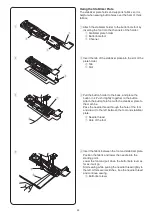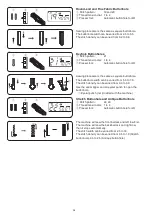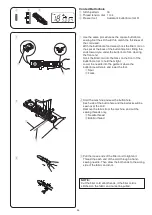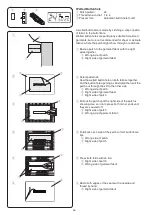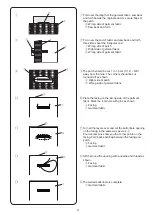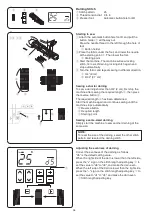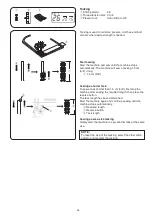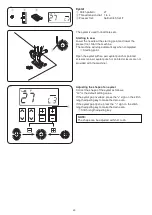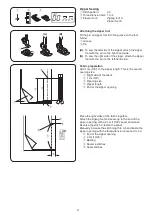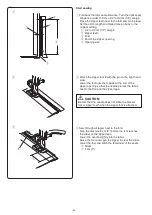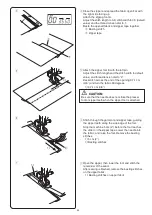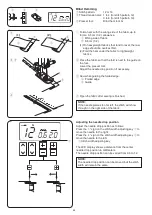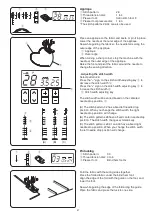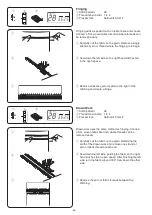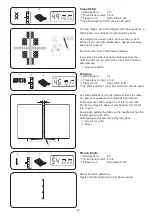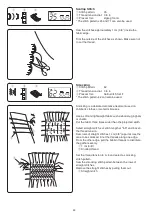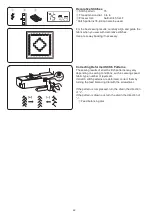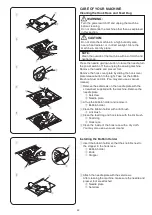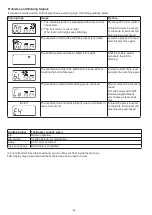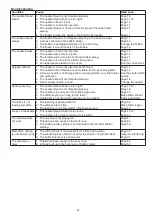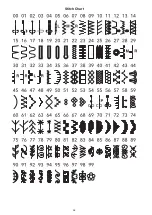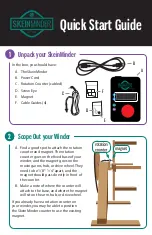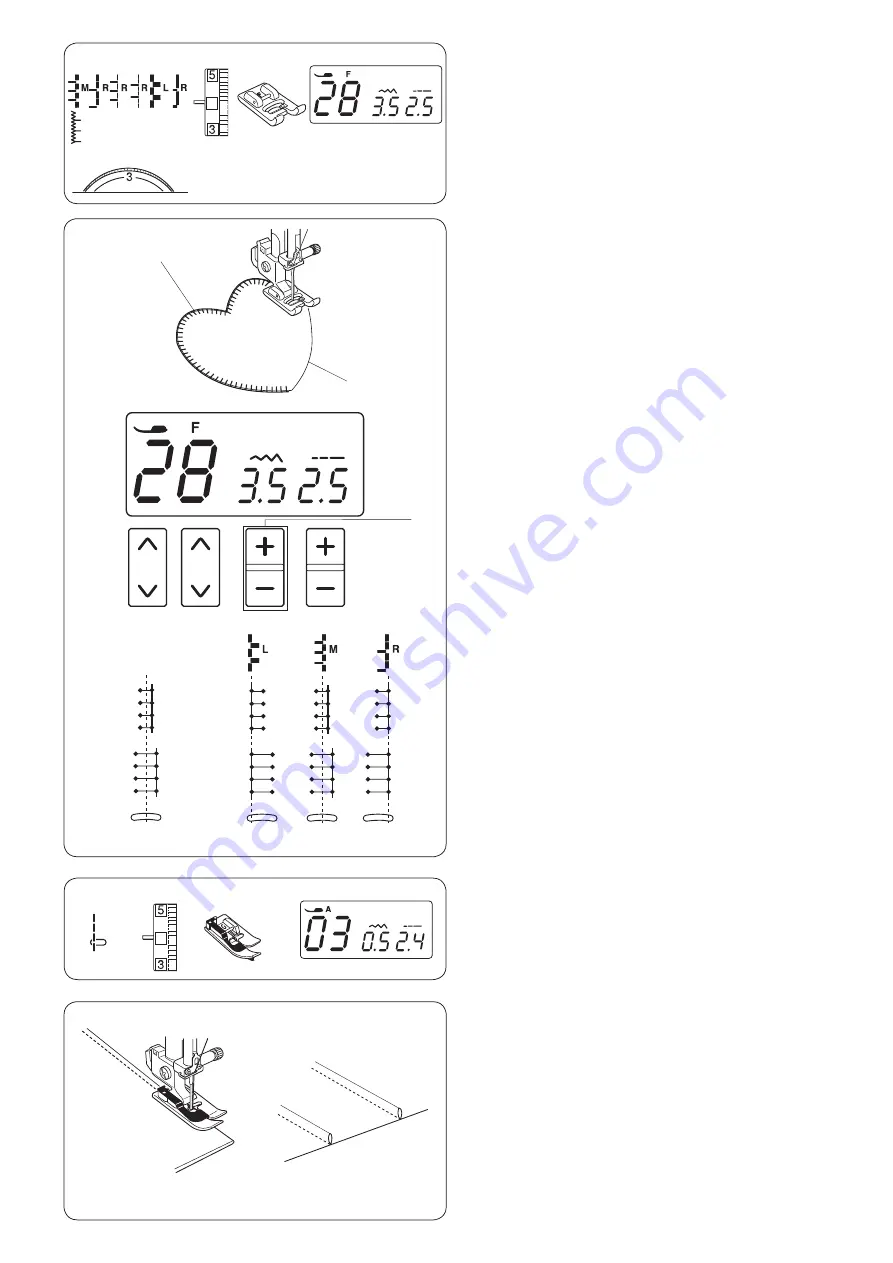
47
Applique
q
Stitch pattern:
28
w
Thread tension dial:
1 to 4
e
Presser foot:
Satin stitch foot F
r
Presser foot pressure dial: 1 to 3
* The stitch patterns 29-34 can also be used.
Place an applique on the fabric and baste or pin it in place.
Lower the needle at the outer edge of the applique.
Sew while guiding the fabric so the needle falls along the
outer edge of the applique.
q
Applique
w
Outer edge
When turning a sharp corner, stop the machine with the
needle at the outer edge of the applique.
Raise the foot and pivot the fabric around the needle to
change the sewing direction.
• Adjusting the stitch width
Select pattern 28.
Press the “–” sign on the stitch width adjusting key
e
to
decrease the stitch width
t
.
Press the “+” sign on the stitch width adjusting key
e
to
increase the stitch width
y
.
e
Stitch width adjusting key
The stitch width will be varied based on the centered
needle drop position
r
.
(A) The stitch pattern 32 has a fixed left needle drop
position. When you change the stitch width, the right
needle drop position will change.
(B) The stitch patterns 28 have a fixed center needle drop
position. The stitch width changes symmetrically.
(C) The stitch patterns 29-31 and 33 have a fixed right
needle drop position. When you change the stitch width,
the left needle drop position will change.
q
w
(A)
(B)
t
y
r
(C)
4
w
e
q
Fold the fabric with the wrong sides together.
Place the folded fabric under the blind hem foot.
Align the edge of the fold with the guide on the foot, and
lower the foot.
Sew while guiding the edge of the fold along the guide.
Open the fabric and press the tuck to one side.
Pintucking
q
Stitch pattern:
03
w
Thread tension dial: 3 to 6
e
Presser foot:
Blind hem foot G
4
w
e
q
e
r
Summary of Contents for DC6100
Page 1: ...Instruction Book...
Page 2: ......
Page 58: ...56 Stitch Chart...
Page 59: ......
Page 60: ...812 800 032 EN...

